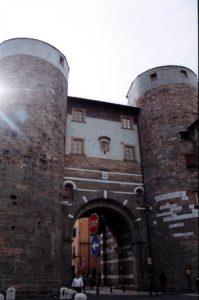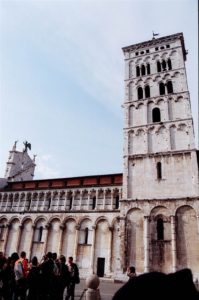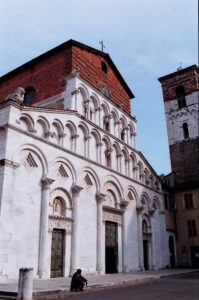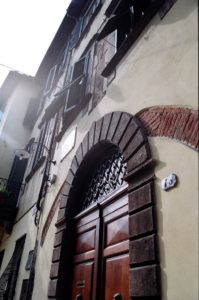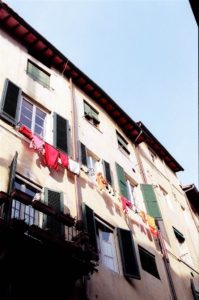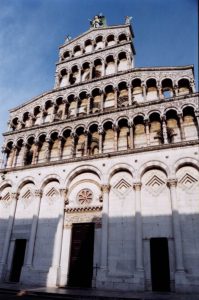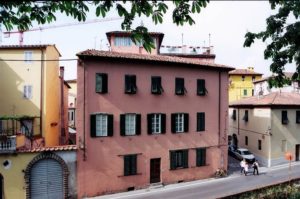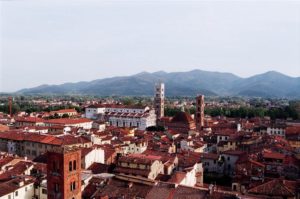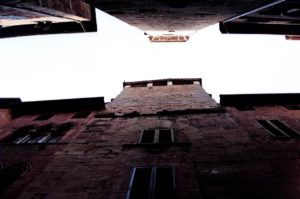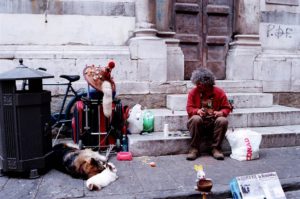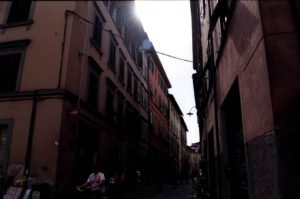Italian Heels at Lucca
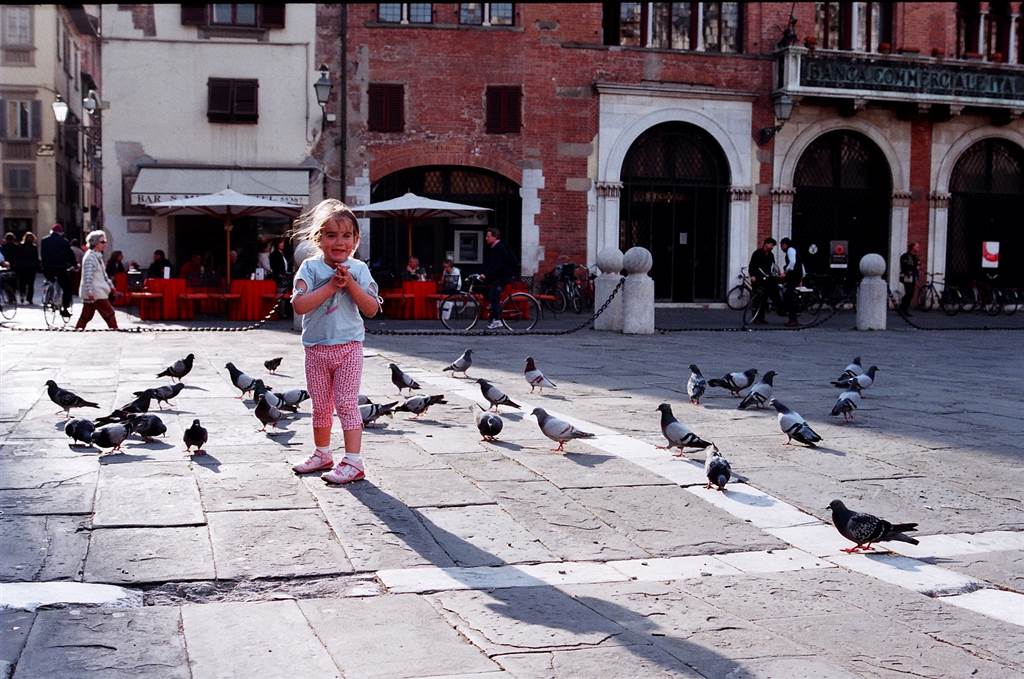
One must buy leather shoes in Italy, the boot-shaped country. And we did so in Lucca.
And in Lucca, everybody biked.
On our way to Pisa, we met some American tourists on the train. They suggested that we visit Lucca, so we bought the train tickets at Pisa Centrale. After visiting the Pisa Tower, we spent some time locating the very obscure sub train station, found it, and made it on the train to Lucca.
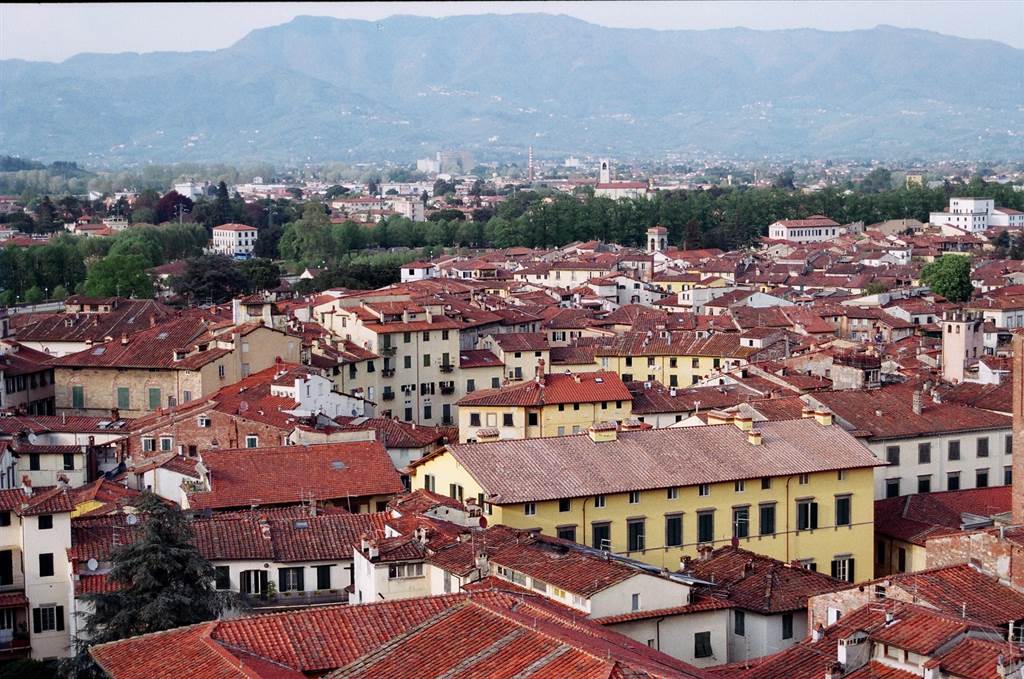
A Very Brief History of Lucca
The City of Lucca is known to the Italians as an “arts town.” Its renaissance era city wall remains intact to this day and we had a pretty good walk on it after arriving. Some composers and artists were born in Lucca, including composers Giacomo Puccini (La Bohème and Madama Butterfly), Nicolao Dorati, Francesco Geminiani, Gioseffo Guami, Luigi Boccherini, and Alfredo Catalani. It is also the birthplace of artist Benedetto Brandimarte. (Wikipedia).
During the medieval times, Lucca was the capital of a duchy, known as Ducato di Tuscia, which included a large part of today’s Tuscany and the province of Viterbo, during this time the city also minted its own coins (Wikipedia).
From the 12th to the 19th century, Lucca constituted itself an independent commune with a charter in 1160. For almost 500 years, Lucca remained an independent republic. Lucca had been the second largest Italian city state (after Venice) with a republican constitution (“comune”) to remain independent over the centuries (Wikipedia).
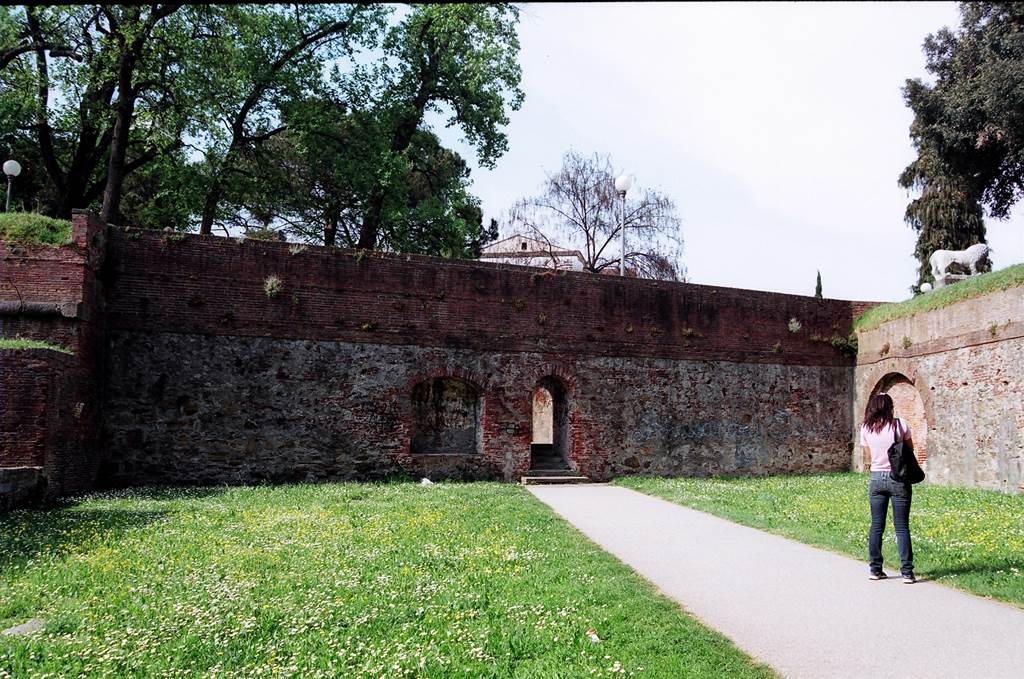
Impressions of Lucca
When we walked around in Lucca, we noticed something about the cities of Tuscany. Although there are similarities throughout in their structures, each city bears its own stamp of uniqueness. The vibes are different and that made each of them very interesting for the tourist.
As compared to its ancient rivals Pisa and Florence, Lucca is quite a bit smaller. Its appearance is more uniform throughout, as expressed in the dark maroon colors of its buildings. Unlike in both Pisa and Florence, where very exceptional architecture would seize one’s attention, in Lucca it was up to the tourist to walk through the center of the town and take in the sights and sounds of its provincial character. In this process, one opens up to a continuous antiquity that is tamed but also assured. There is no question of its beauty, which enables a sort of slow-motion dialogue as you walk pass the local residents that enjoy their lives there, minding their own business in the most relaxed fashion.
Most importantly, we had a breather from the many, many tourists (of course, ourselves included) in the other popular cities in Tuscany.
And Of Course, The Shoes!
We saw those shoes at a family-run shop, and both of us could not resist their beauty. The wonder of Italian shoes is felt the minute you put your feet down. Every curve in the shoe serves to give comfort and support at the same time. The craftsmanship is clearly superior to the factory-churned shoes to which we are accustomed. We each bought a pair. Mine were in peachy-pink leather, with inch-high heels.

After having our late afternoon coffee, we headed back to Florence for our celebration dinner. It was a high time in our young lives then, and we were in Italy.
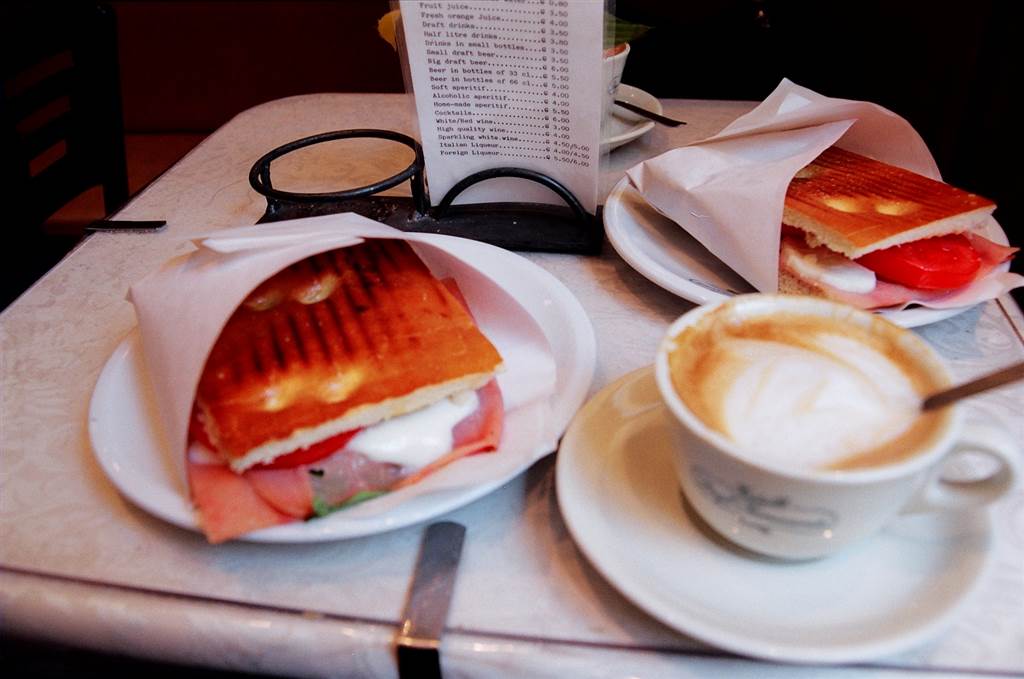
Source
The history of Lucca in this entry came from the Wikipedia on Lucca.

